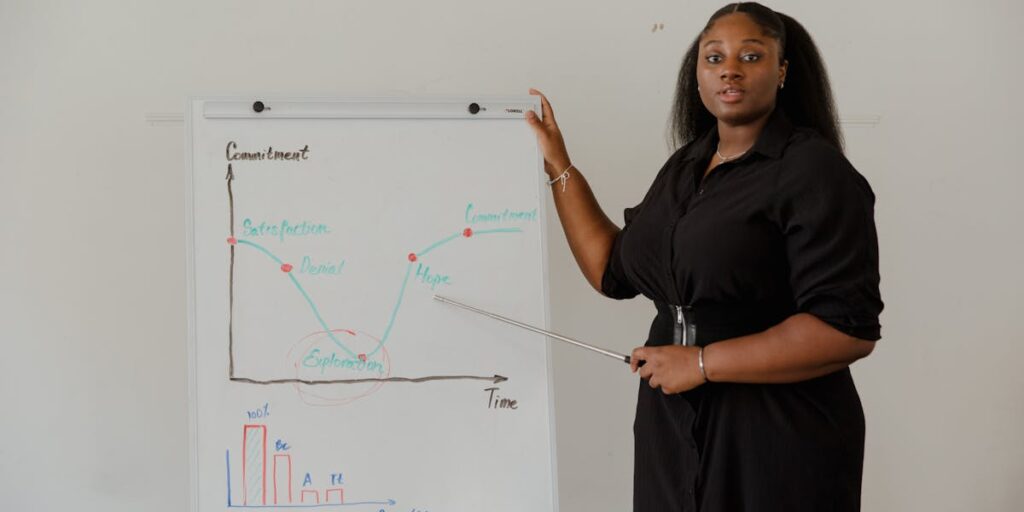Discuss Karl Marx’s Perspective on Class
Karl Marx’s theory of class is one of the most influential frameworks in sociology, forming the foundation of Marxist thought. Marx analyzed class as a central element of society, rooted in the economic structure and modes of production. He argued that class struggle is the driving force of historical development and social change.
—
What is Class According to Marx?
For Marx, a class is defined by an individual’s relationship to the means of production. In a capitalist society, he identified two primary classes:
1. Bourgeoisie:
– The ruling class that owns the means of production (factories, land, and capital). They control economic resources and exploit the labor of others to generate profit.
2. Proletariat:
– The working class that does not own the means of production and must sell their labor to the bourgeoisie for wages. Their work creates surplus value, which is appropriated by the bourgeoisie.
Marx also acknowledged the existence of other classes, such as the petite bourgeoisie (small business owners) and the lumpenproletariat (unemployed or marginalized individuals), but his primary focus was on the conflict between the bourgeoisie and proletariat.
—
Key Concepts in Marx’s Theory of Class
1. Exploitation:
– Marx argued that the bourgeoisie exploits the proletariat by paying them less than the value of their labor. This creates surplus value, which the bourgeoisie uses to accumulate wealth.
2. Class Consciousness:
– Class consciousness refers to the awareness of one’s class position and the shared interests within a class. Marx believed that the proletariat would develop class consciousness, realizing their exploitation and uniting against the bourgeoisie.
3. Alienation:
– Workers in a capitalist system are alienated from:
– The product of their labor, as it is owned by the bourgeoisie.
– The act of production, as work becomes repetitive and meaningless.
– Fellow workers, due to competition.
– Their own potential, as they cannot fully express their creativity.
4. Historical Materialism:
– Marx viewed history as a series of stages shaped by class struggle. These stages include primitive communism, slavery, feudalism, capitalism, and eventually socialism and communism.
5. Base and Superstructure:
– According to Marx, the economic base (relations and forces of production) shapes the superstructure (culture, politics, and ideology). The superstructure, in turn, reinforces the dominance of the bourgeoisie.
—
Class Struggle and Social Change
Marx believed that the conflict between classes drives social change. In capitalism, the exploitation of the proletariat by the bourgeoisie creates contradictions and crises, such as:
– Economic inequality.
– Overproduction and underconsumption.
– Concentration of wealth among the bourgeoisie.
Marx predicted that these crises would lead to revolutionary movements, where the proletariat would overthrow the bourgeoisie, abolish private property, and establish a classless society.
—
Critiques of Marx’s Theory of Class
1. Economic Determinism:
– Critics argue that Marx overemphasized the role of economics in shaping society, neglecting other factors like culture, religion, and identity.
2. Simplistic Class Structure:
– Marx’s binary view of class (bourgeoisie and proletariat) does not account for the complexities of modern societies, where multiple middle classes exist.
3. Revolutionary Predictions:
– Marx’s prediction of a proletarian revolution has not materialized in the way he envisioned, as capitalism has adapted and evolved.
4. Global Context:
– Marx’s theory was primarily based on industrial societies and does not fully address issues in agrarian or post-industrial contexts.
—
Relevance of Marx’s Class Theory Today
1. Economic Inequality:
– Marx’s ideas remain relevant in analyzing the growing wealth gap between the rich and poor in both capitalist and developing societies.
2. Labor Exploitation:
– The gig economy and precarious labor conditions reflect ongoing exploitation of workers.
3. Global Capitalism:
– Marx’s framework helps to understand global inequalities, where multinational corporations exploit labor in developing countries for profit.
4. Class and Identity:
– Modern sociologists combine Marx’s ideas with other frameworks to explore the intersections of class with race, gender, and ethnicity.
—
Conclusion
Karl Marx’s perspective on class offers a powerful lens to understand social inequalities, economic exploitation, and the dynamics of power in capitalist societies. While his theories have been critiqued and adapted over time, they remain central to sociological discussions about class, labor, and social change. By highlighting the conflict between the bourgeoisie and proletariat, Marx provides a foundation for analyzing and addressing issues of inequality in the modern world.





